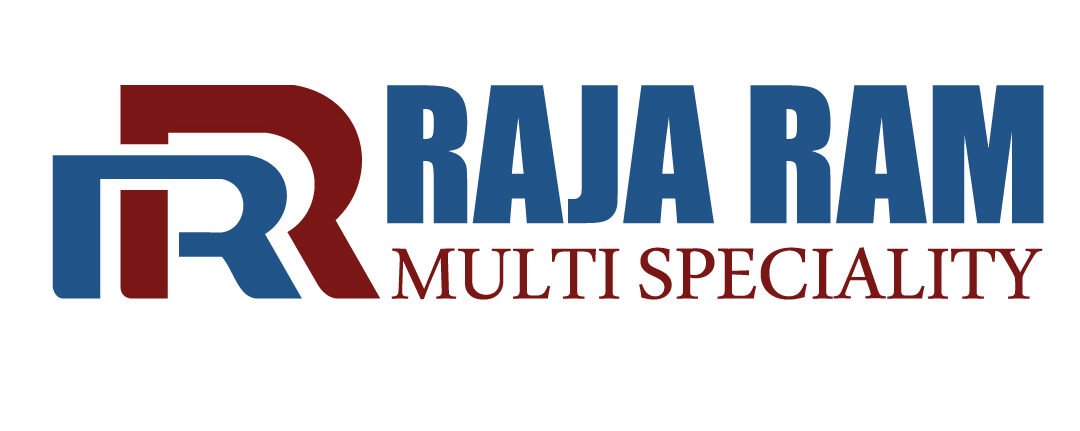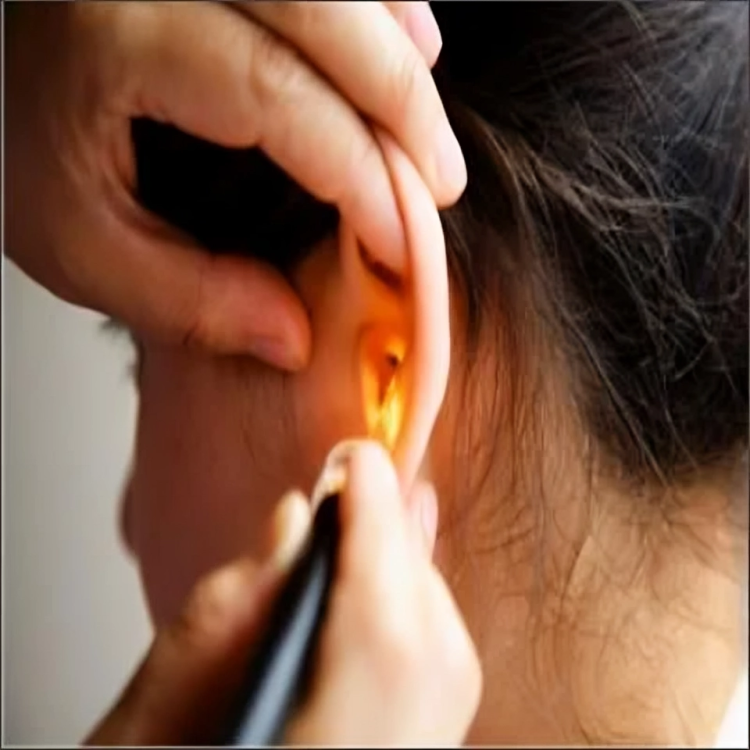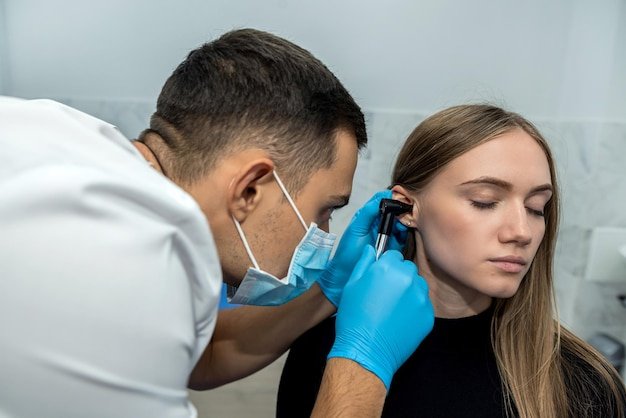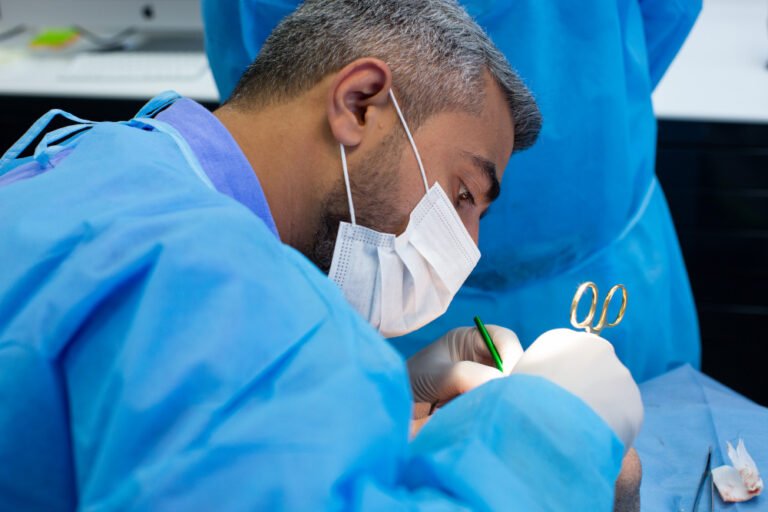Rhinoplasty: Enhancing Form and Function in Facial Aesthetics.
Rhinoplasty, commonly known as a “nose job,” is a cosmetic surgical procedure that has gained widespread popularity for its transformative impact on facial aesthetics. Beyond its aesthetic appeal, rhinoplasty is also performed to address functional concerns, such as breathing difficulties or congenital issues. This article explores the multifaceted nature of rhinoplasty, examining its aesthetic and functional aspects, surgical techniques, and the impact it can have on an individual’s confidence and overall well-being.
To Know More About It Please Click Here
Aesthetic Refinement
- Nasal Symmetry and Proportion: Rhinoplasty is often sought to enhance the symmetry and proportion of the nose in relation to other facial features. Surgeons carefully assess the balance between the nasal bridge, tip, and nostrils to achieve a harmonious and aesthetically pleasing result.
- Correction of Nasal Humps or Dorsal Irregularities: Individuals may opt for rhinoplasty to address prominent nasal humps or irregularities along the nasal dorsum. Surgical techniques involve reshaping the nasal bridge to create a smoother contour.
- Tip Refinement: Refining the nasal tip is a common goal in rhinoplasty. Surgeons can adjust the shape, size, and projection of the nasal tip to achieve a more refined and proportionate appearance.
- Nostril Reshaping: Rhinoplasty allows for the adjustment of nostril size and shape, addressing concerns related to wide or asymmetrical nostrils.
Functional Improvements
- Septoplasty for Improved Breathing: In cases where a deviated septum contributes to breathing difficulties, rhinoplasty may include septoplasty—a procedure aimed at straightening the septum to enhance airflow.
- Nasal Valve Reconstruction: Surgeons may address nasal valve collapse, a condition that can impede breathing, by utilizing techniques such as spreader grafts to improve the structural support of the nasal passages.
- Correction of Congenital Anomalies: Rhinoplasty is also performed to address congenital anomalies, such as a cleft nose or nasal deformities present from birth, improving both function and aesthetics.
Surgical Techniques
- Open vs. Closed Rhinoplasty: Surgeons may choose between open and closed techniques based on the complexity of the procedure. Open rhinoplasty involves an incision along the columella (the strip of tissue between the nostrils), while closed rhinoplasty involves incisions inside the nostrils.
- Cartilage Grafting: Cartilage grafts, often harvested from the septum or ear, can be used to provide structural support, reshape the nose, or address asymmetry.
- Tip Plasty: Tip plasty focuses specifically on refining the nasal tip, making it a popular choice for individuals seeking targeted improvements without extensive surgery.
Psychological and Emotional Impact
Beyond physical changes, rhinoplasty can have a profound impact on an individual’s confidence and self-esteem. Many individuals report increased satisfaction with their appearance and a boost in overall well-being after undergoing the procedure. Both surgeons and patients must have realistic expectations and open communication throughout the process.
To Know More About It Please Click Here
Conclusion
Rhinoplasty, as a blend of art and science, offers individuals the opportunity to achieve both aesthetic harmony and functional improvements in the nasal region. Whether seeking refinement for cosmetic reasons or addressing functional concerns, individuals considering rhinoplasty should consult with experienced and board-certified plastic surgeons to ensure personalized, safe, and satisfying results. As a transformative journey, rhinoplasty continues to evolve, providing individuals with the means to enhance not only their facial aesthetics but also their overall quality of life.








